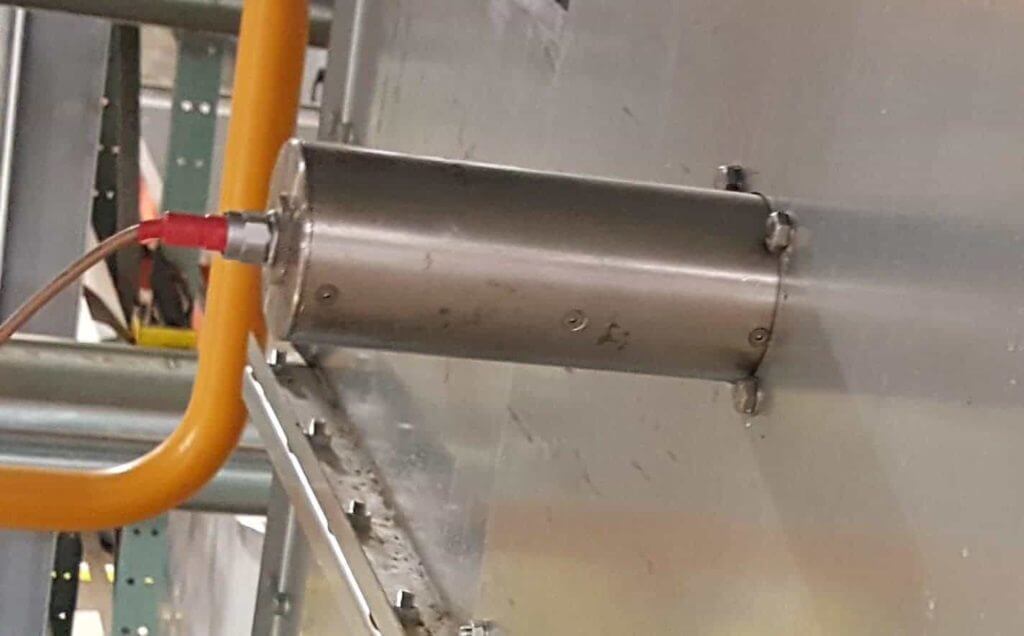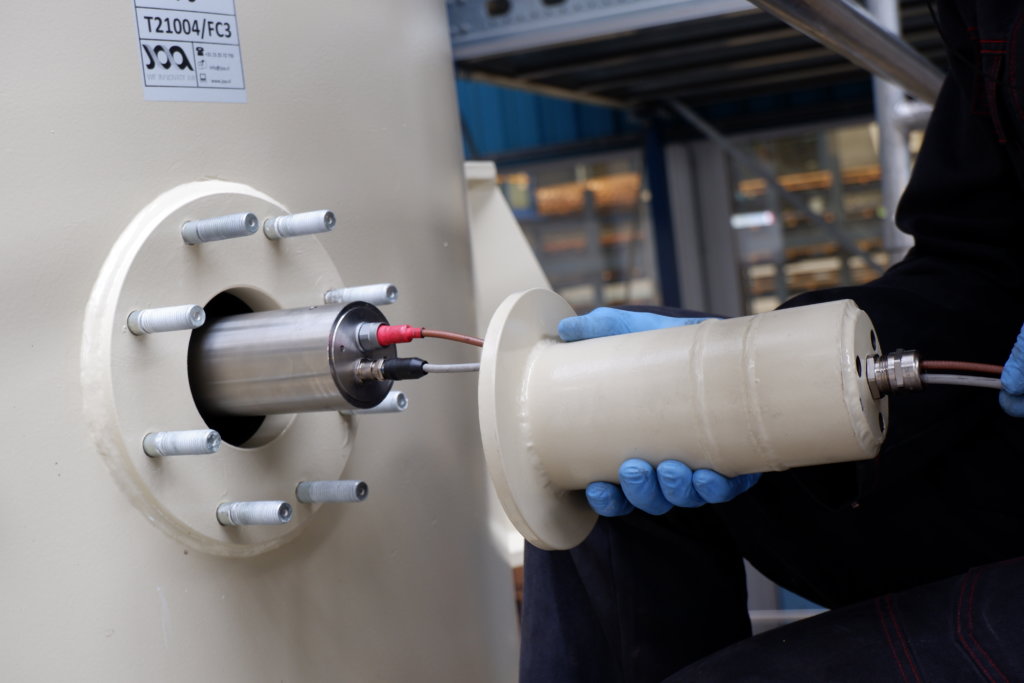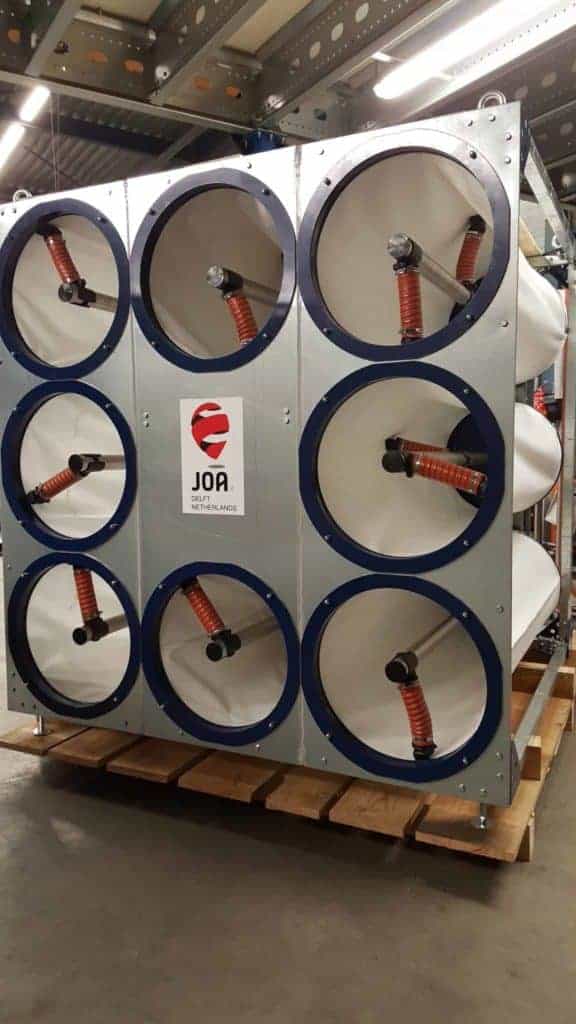Awareness about ultra-fine particulates (UFP’s) is essential, especially in air-return systems. Circulating air back into the manufacturing plant for energy recovery reasons requires adequate filtration and in many cases specialized solutions to prevent the concentration of UFPs from building up in the working area.
Sources of UFP dust
Fume-dominated work environments can have UFP concentrations of over 20,000 particles per cm3. Examples of these work environments are plastics, toner, and rubber production; adhesive spraying; and roofing production lines. There are also other sources of UFPs, like advanced powder and particulate processing. These kinds of processes include impact milling in the (animal) food industry or pigment, cosmetics, or pharmaceutical production.
Ultrafine particles are usually formed when fumes become particles (nucleation). These particles are a few nanometers in size but can grow up to 0.1 μm, either through condensation (fumes condense onto the just formed particles) or through coagulation (two or more particles merge into a larger particle).

The risks of Micropollutants
The removal of indoor micro-pollutants generated in production areas or that ‘escape’ from air return system filters is currently on of the most important objectives for the industrial air filter industry. Smaller air pollutants are considered very dangerous because of their ability to penetrate deep into the lungs.
Exposure limits for a healthy work environment
The EU considers 40 µg/m3 to be the recommended exposure limit for UFPs. The World Health Organization even sets the limit at 10 µg/m3. It is evident that innovative technology is needed to create a healthy, sustainable work environment. Furthermore, making “green” choices is imperative to effectively clean the returned air of UFPs. This makes the removal of indoor micropollutants generated in production areas or air that “escape” from air-return filters one of the most important objectives of the filter industry to provide good air quality in factories. Many air pollutants are considered very dangerous because of their ability to penetrate deep into the lungs. Lung-damaging dust can be as small as 0.5 μm and airborne bacteria can be as small as 0.3 μm. As most of the exposure to these pollutants occurs indoors, the challenge is to increase the efficiency of conventional filters so that they will be able to capture micropollutants.
Innovative solutions that allow existing filters to handle submicron particulates
Acoustic filter modules placed in front of existing air-return filters generate an ultrasound wave at about 21 kHz. By way of the orthokinetic and acoustic wave effects, particulates grow to a filterable size by colliding into one another, making the existing air-return filters much more effective. In combination with effective air conditioning (HVAC), adequate nuclei concentration is generated in order to increase the size of micropollutants and filter them out of the existing air-return filters, prior to releasing the return air into the production area. Read more about Acoustic Agglomeration Technology and Cleaning in Place
UFP Removal done right for your industrial environment
Classic technology is not able to efficiently remove UFPs and therefore new agglomeration techniques are necessary. It is especially important to consider this dust category when extracted air is recirculated for energy recovery after dust collection and filtration.



